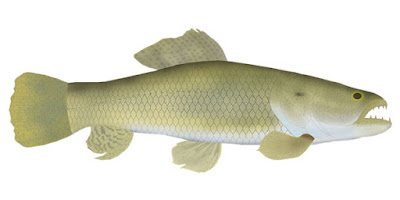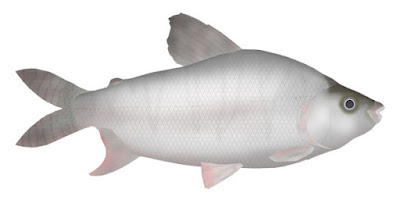Pirarucu

It is a member of the Arapaima family and is native to the Amazon River basin. It is among the largest known freshwater fish, commonly measuring 200 centimetres (79 in) and reportedly reaching lengths of up to 450 centimetres (15 ft). Adults may weigh up to 200 kilograms or 440 pounds. https://www.zazzle.com/pirarucu_poster-228114247455157257




























